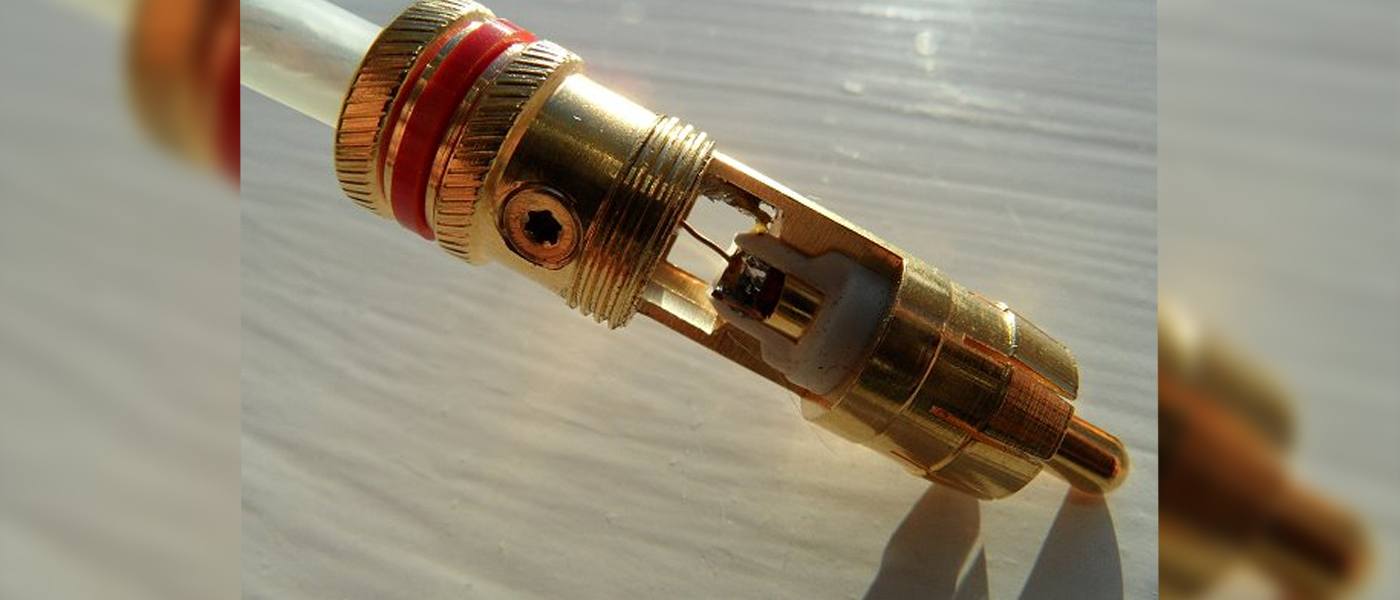Introduction
Ah HDMI. This now commonplace interface has had a storied history of controversy and confusion. Now evolved, it is still far from perfect but at least we AV enthusiasts are living with it now. The most misunderstood part of the equation has traditionally been the cable. How long can it be? What rating should it have? Do I need that garden-hose-thick one or will this nice petite flexible one do the job? You’d think the already crowded market for HDMI cables wouldn’t have room for one more but NextGen believes otherwise. They’ve recently introduced a line of high-performance cables called Copperhead Xtreme.
Specifications
- Design: HDMI Cable
- HDTV Resolution up to 1440p
- PC Resolution up to 1920×1200/60Hz (depending on length)
- HDMI 1.3, 1.4 HDMI Ethernet
- 10.2 Gbps Data Rate
- 48-bit Color
- High-density Triple-Shielding
- 24k Gold-plated Connectors
- Nitrogen-Injected Dielectric
- Available Lengths: 1, 2, 3, 4, and 6 Meters
- MSRP: $49.95 – $77.95
- NextGen
Available in lengths from 1 to 6 meters, these cables are not just another run-of-the-mill wire with a fancy wrapper. Bob Dolatowski, President of NextGen, has taken the time (and considerable expense) to have these cables thoroughly tested. The result is a DPL Labs certification for Class B and Class C operation. What does this mean? I will explain.
DPL Labs was founded in 2007 by Jeffrey Boccaccio in an effort to create a standardized battery of tests for HDMI cables. DPL stands for Digital Performance Level and their state-of-the-art testing facility is much like Underwriters Laboratories is to electrical appliances. Their goal is to help manufacturers build better cables, pure and simple. The HDMI standard is a complex one and for all its features to work properly, a quality cable is a must.
DPL performs a battery of tests on every cable submitted to their program. At the top of the list is the Eye Pattern Mask. It shows the cable’s ability to reliably transmit data. As you can see on the graphs below, it’s easy to tell when a cable performs well.
Left is passing, Right is failure
Other tests include jitter, bandwidth, impedance, noise, the ability to supply 5 volts consistently, current characteristics, inter-pair skew (timing issues between the twisted pairs within the cable), square wave rise time and overall cable capacitance. The failure of any of these tests can impact cable performance resulting in both audio and video artifacts and dropouts.
Many companies selling inexpensive cables will forgo the expense of DPL testing but NextGen is not just any company. They have submitted their Copperhead Xtreme cables in all lengths to DPL and earned certifications for each one. Class B tests at a clock speed of 165 mHz at resolutions up to 1080p with a 60 Hz refresh rate and 8-bit color. Class C tests the same speeds and resolutions with 16-bit color and a 297 mHz clock. All NextGen’s cables achieved certification including the 6-meter length.
NextGen sent me one of their 6-meter Copperheads to test. Obviously I don’t have the sophisticated equipment used by DPL but I do traditionally send 12-bit color from my Integra processor to my Anthem LTX-500 projector. I plugged the cable in, noting its high-quality and tight-fitting gold-plated connectors, and sat back for a bit of movie watching. Over the course of few days I watched several Blu-rays and saw nothing but the film. There were no artifacts of any kind at any time. Testing the cable with an audio source produced the same clean and clear result. This cable is very well-made and DPL certification means you will have no worries about even the most demanding systems.
There are many cables out there, some less, and some more expensive than the Copperhead Xtreme. The number of companies taking the extra step of DPL certification however is fairly small. Currently only seven are listed on DPL’s website. If reliability and peace of mind are important, I urge you to check out NextGen’s Copperhead Xtreme.




